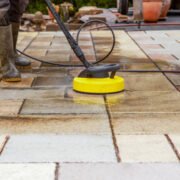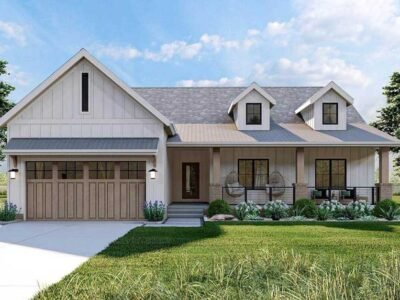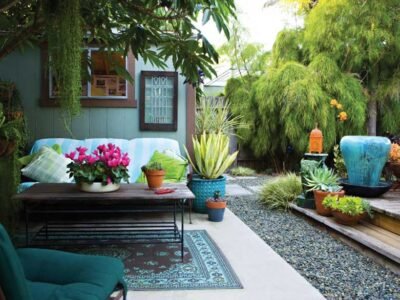Choosing the right siding for your home is an important decision that impacts its appearance, energy efficiency, and overall value. With numerous options available, it can be challenging to determine which type is best suited for your needs.
Here are some key factors to consider when selecting the ideal siding for your home.
Consider Your Home’s Architectural Style
The architectural style of your home should play a significant role in your siding choice. Different siding materials and styles can complement or clash with specific architectural designs. For instance, board and batten siding is a popular choice for farmhouse-style homes, adding a rustic yet refined look. If you have a contemporary home, sleek materials like metal or fiber cement siding may enhance its modern aesthetic. For traditional or colonial homes, wood or brick siding can provide a timeless appearance.
Understanding how various siding options align with your home’s architecture will help you make a more informed decision. In addition to aesthetics, consider how the siding will impact the structural integrity and durability of your home. Some materials may be better suited to withstand the local climate and environmental conditions, ensuring your home remains protected and looking great for years to come.
Evaluate the Climate
The climate in your area is another crucial factor to consider when choosing siding. Different materials offer varying levels of durability and resistance to weather conditions. For example, vinyl siding is known for its resistance to moisture and humidity, making it a suitable option for regions with heavy rainfall. In contrast, fiber cement siding is highly durable and can withstand extreme temperatures, making it ideal for areas with hot summers and cold winters.
Wood siding, while aesthetically pleasing, may require more maintenance in regions with high humidity or frequent rain. By selecting siding that is well-suited to your local climate, you can ensure better performance and longevity. This consideration can also help reduce maintenance costs and improve the overall energy efficiency of your home.
Assess Maintenance Requirements
Different siding materials come with varying levels of maintenance. Understanding the upkeep required for each type can help you choose a siding option that fits your lifestyle and maintenance preferences. Vinyl siding, for example, is low-maintenance and only requires occasional cleaning with a hose.
On the other hand, wood siding needs regular painting or staining to protect it from the elements and maintain its appearance. Fiber cement siding falls somewhere in between, requiring less frequent maintenance than wood but more than vinyl.
Factor in Energy Efficiency
Energy efficiency is an important consideration when choosing siding for your home. Some materials offer better insulation properties, helping to keep your home warm in the winter and cool in the summer. Insulated vinyl siding, for instance, can enhance your home’s energy efficiency by providing an additional layer of insulation. Fiber cement siding also offers good thermal performance, contributing to energy savings.
Additionally, some siding materials can be paired with foam insulation to further improve energy efficiency. Selecting energy-efficient siding can reduce your heating and cooling costs and create a more comfortable living environment. It’s worth exploring the insulation properties of different siding options and considering how they can impact your home’s energy performance.
Determine Your Budget
Budget is a significant factor in any home improvement project, and siding is no exception. Siding materials vary widely in cost, from more affordable options like vinyl to more expensive choices like natural stone or brick. It’s essential to establish a budget before exploring your siding options.
While it might be tempting to choose the least expensive option, it’s important to consider the long-term value and durability of the material. Investing in high-quality siding can save you money on maintenance and repairs over time. In addition to the material cost, consider the installation expenses. Some siding types require professional installation, which can add to the overall cost. Make sure to get quotes from multiple contractors to ensure you’re getting a fair price.
Conclusion
By considering these factors and conducting thorough research, you can choose the ideal siding for your home. Whether you prioritize aesthetics, durability, maintenance, or energy efficiency, making an informed decision will enhance your home’s appearance and value.












